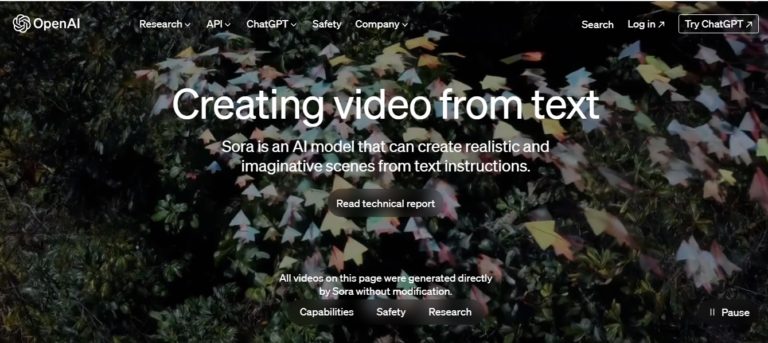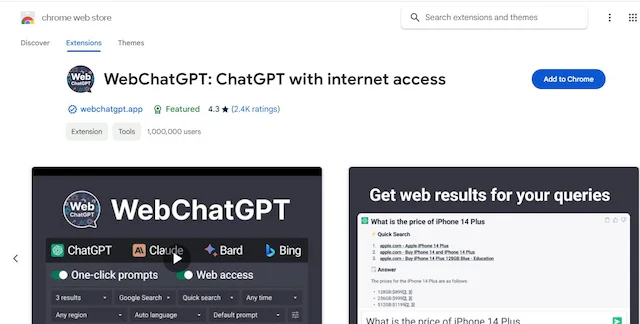In a groundbreaking stride towards the future of artificial intelligence, OpenAI has unleashed its inaugural text-to-video model, named Sora. The latest technology has raised the bar for realistic content creation, promising to revolutionize the way we perceive AI-generated videos.
Sora, unlike its predecessors, boasts a unique ability to generate “realistic and imaginative scenes” from a single text prompt. The distinguishing factor lies in its advanced technology, enabling the model to comprehend the physical existence of people and objects in the world. This understanding empowers Sora to craft lifelike scenes featuring multiple individuals, diverse movements, facial expressions, textures, and detailed objects, setting it apart from other AI models in the market.
One remarkable aspect of Sora is its multimodular functionality. Users can upload a still image as the foundation for a video, witnessing the content within the picture come to life with meticulous attention to detail. Furthermore, Sora can extend pre-existing videos or fill in missing frames, showcasing its versatility in content creation.
OpenAI has provided a glimpse of Sora’s capabilities through sample clips on its official website and X (formerly known as Twitter). Notable examples include adorable puppies playing in the snow, showcasing a strikingly lifelike quality in their fur and snow-covered snouts. Another captivating clip features a Victoria-crowned pigeon, exhibiting movements so realistic that it mimics the behavior of an actual bird.
However, despite its impressive feats, Sora is not without its flaws. OpenAI transparently acknowledges that the model has weaknesses, including challenges in simulating object physics, confusion between left and right, and occasional misunderstandings of cause and effect. Notably, the AI may struggle to accurately depict a bite mark on a cookie when an AI character bites into it.
Some of the model’s quirks have resulted in amusing mishaps, such as a group of archaeologists unearthing a large piece of paper that transforms into a chair before ending up as a crumpled piece of plastic. Additionally, Sora exhibits occasional errors in spelling, with “Otter” being misspelled as “Oter” and “Land Rover” transformed into “Danover.”
While Sora is undeniably a work in progress, OpenAI’s foray into text-to-video technology marks a significant leap forward, paving the way for enhanced realism in AI-generated content. As the model undergoes refinement, its potential impact on various industries, from entertainment to marketing, remains a subject of eager anticipation.




